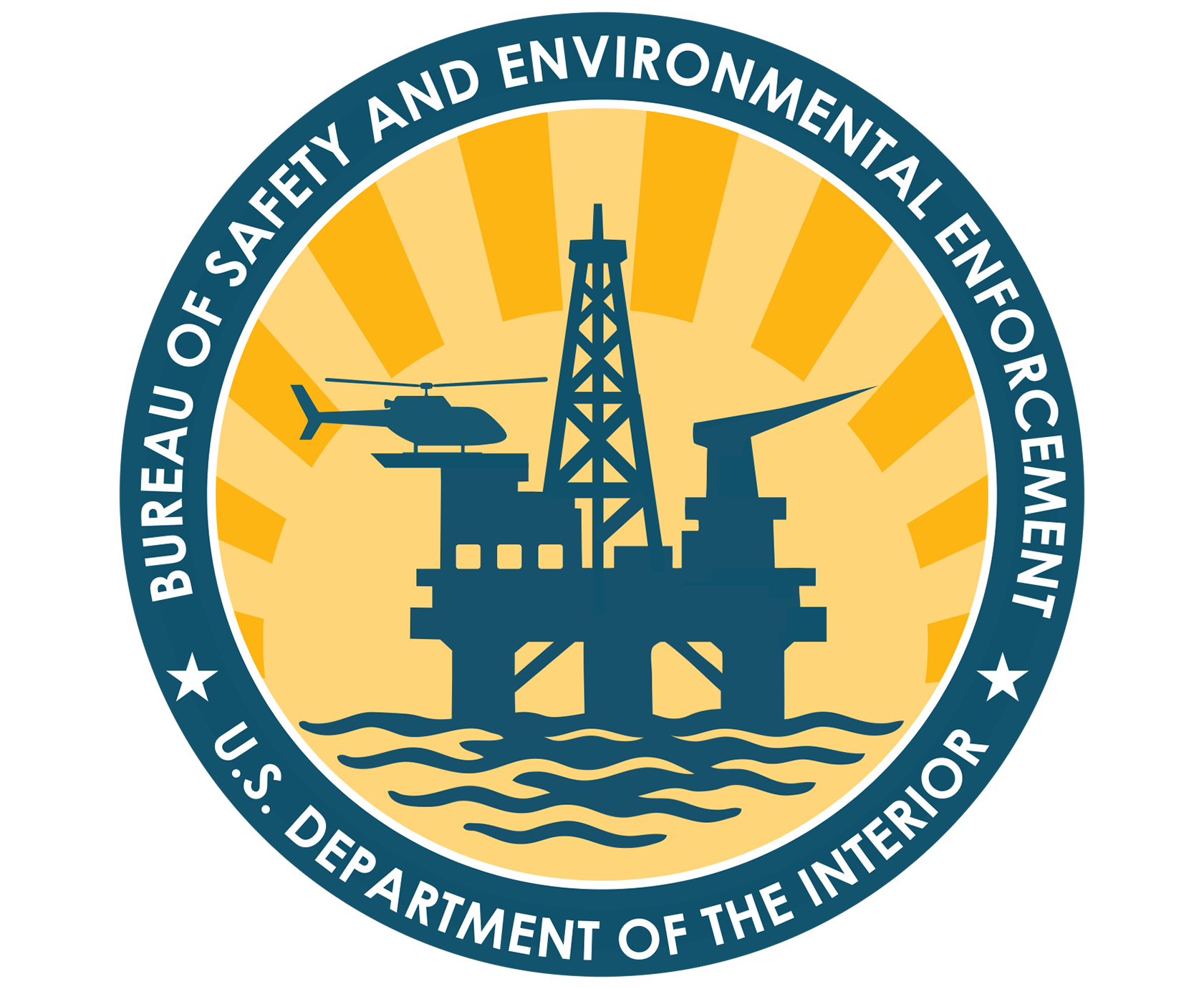This study will focus on the gaps or overlapping areas in the current regulations for worker safety in renewable energy operations on the OCS.
It will examine the impact on BOEMRE's worker safety program in the absence of U.S. Coast Guard involvement and any potential implications of working with Federal Energy Regulatory Commission (FERC) and various electrical grid operators. The study will also examine the role of Occupational Safety and Health Administration (OSHA) in regulating worker safety for renewable energy operations on the OCS. FERC has permitting authority for hydrokinetic projects on BOEMRE issued leases on the OCS, and its role in regulating worker safety in this area will be explored as part of the study.
Workplace risks involved in renewable energy operations will be identified, such as working in proximity to high-power electrical devices on offshore substations, extensive use of elevators for wind turbines in a highly corrosive environment, accessing turbine blades for repair via helicopter, crane and diving operations during construction, and use of CO2 fire suppression systems in potentially manned areas. Gaps in current regulations will be identified and additional areas of workplace safety regulation deemed necessary will be recommended.
This study will require experts in worker safety in the areas of worker safety regulation; offshore oil and gas operations and maintenance; offshore construction; wind turbine design, operations, and maintenance; and high-power electrical operations and maintenance.
Tasks:
Identify any gaps and/or overlaps in jurisdictional authority.
Identify unique risks to worker safety in renewable energy operations, as compared to oil and gas operations on the OCS.
Provide recommendations on how the existing 30 CFR 285 regulations need to be enhanced to provide for worker safety in renewable energy operations on the OCS.
The Interagency Agreement was completed on July 26, 2011.
